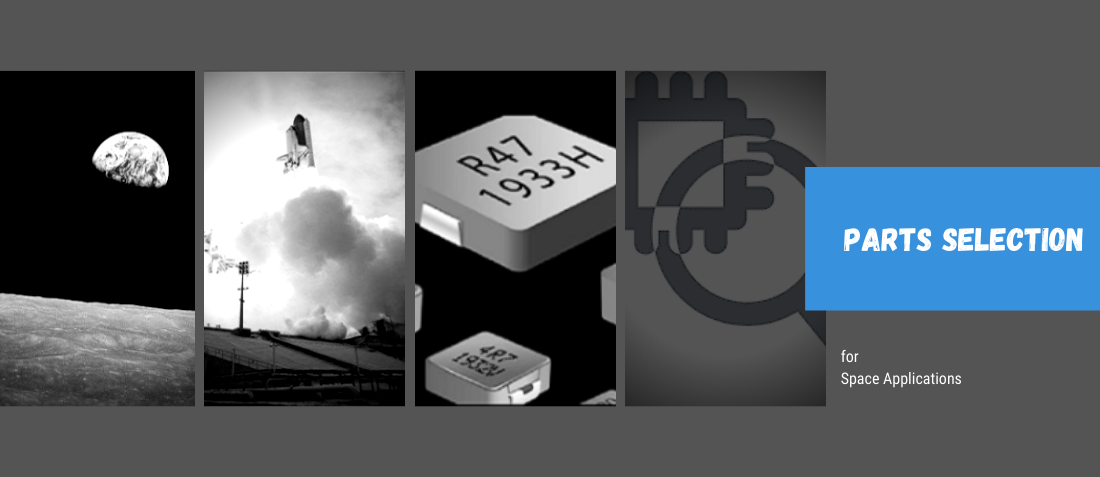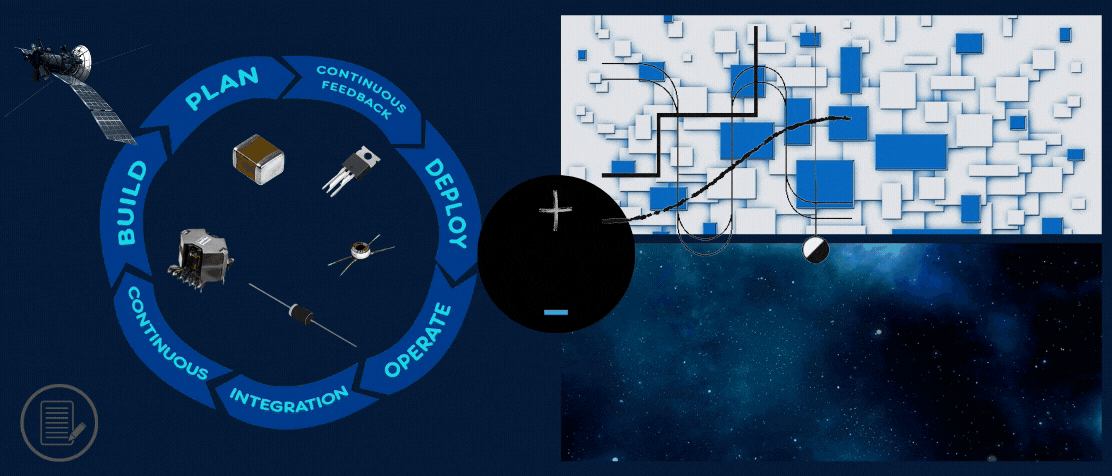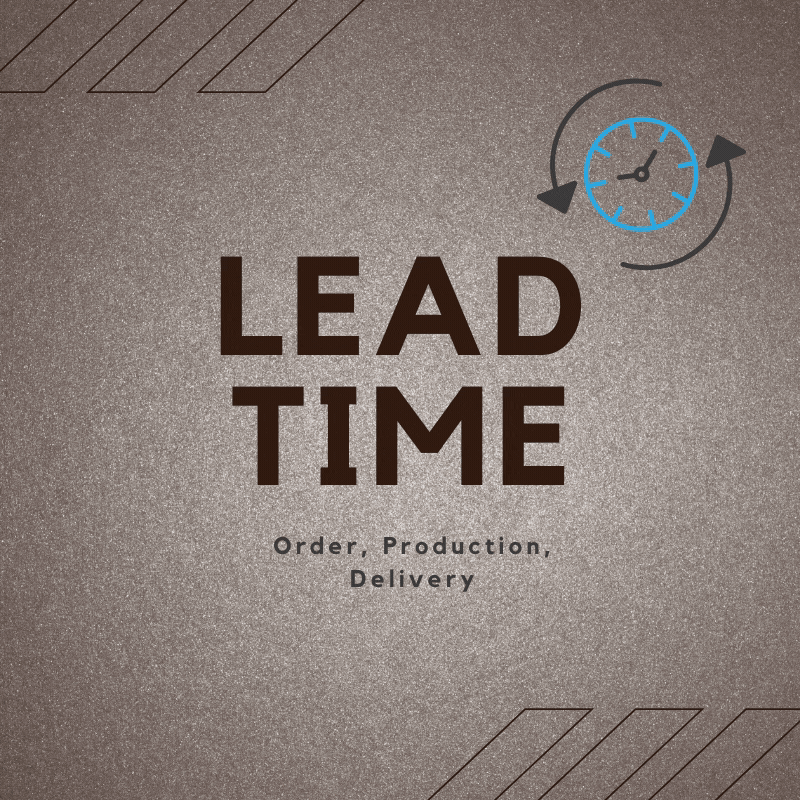
Introduction to Parts Selection for Space Applications
- Posted by Manuel Sánchez Ruiz
- On September 28, 2020
- 0
When designing electronic equipment or systems for Space applications, one of the most common challenges designers face is parts selection. This is, the translation of the characteristics of the different elements in the circuit to actual parts available in the market.
Let’s have an introduction to the five main criteria to be followed when selecting parts for a Space Project:
- Performance: the parts selected must be compliant with the characteristics of the designed elements in terms of electrical characteristics, package, thermal characteristics, etc.
- Availability: These criteria can seem simple and really straight forward, but it is not unusual for designers to find out, on procurement phase of the project, that some element from the design (for example, a capacitor with a certain combination of capacity-voltage-package) is not available in the market in the required quality level. In these cases, redesign of the circuit is needed. In other cases, even if the desired part is available, a lack of more than one source of supply can lead to headaches. Because of this, it is always advisable to check that the element designed is available from the market.
- Quality Level/Reliability: Depending on the class of the project (from Class 1 to New Space), the Product Assurance (PA) Plan will require to use parts of a certain quality level to comply with the PA requirements. The higher the quality level of the part is, the more reliable its performance will be. There is a close relationship between the Quality level of a component and its availability: it is a fact that the portfolio of space-qualified parts (more suitable for Class 1 Projects) is much smaller than the options available on COTS (Commercial Off The Shelf, more suitable for New Space Projects). On the other hand, the reliability data available for the later is much lower than the available for the higher quality level parts. This can often lead to a situation where you may need to use COTS for a Class 1 Project, as the performance you require on your design is not available on Space Quality Level. As mentioned, COTS parts have limited reliability data and the performance of the part is not assured on the Space environment. In these cases, additional testing is required to comply with the PA requirements.
- Lead time: Component Lead Time is a major factor in the project management, shortages and long lead items must be anticipated in order to accomplish the schedule.
As can be derived from the different criteria above, the selection of parts is a complex issue where different considerations take part to taking the design from paper to reality. Opposite options coming from different criteria often lead to a trade-off between them.
As part of Alter Technology PA Support portfolio, we offer our customers all our experience in the market for helping them select the most adequate parts for their applications.
In coming posts, we will dedicate some time to particular cases as radiation considerations on COTS, package and material considerations on COTS parts, which technology to select depending on the application, etc.

- Platinum Temperature Sensors Solderability Issues - May 27, 2022
- Importance of Alert and Obsolescence Management on Space Projects - February 25, 2022
- What is a PoL converter and when should I use it - November 16, 2021




0 comments on Introduction to Parts Selection for Space Applications